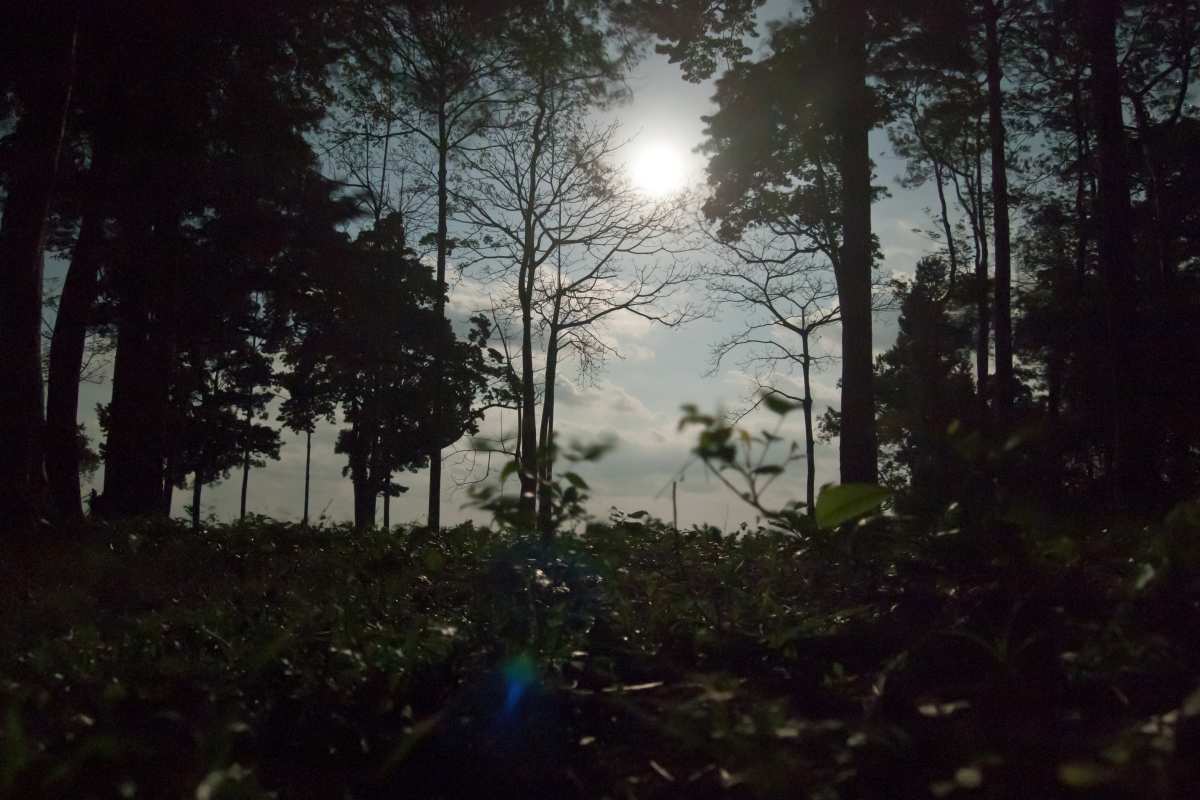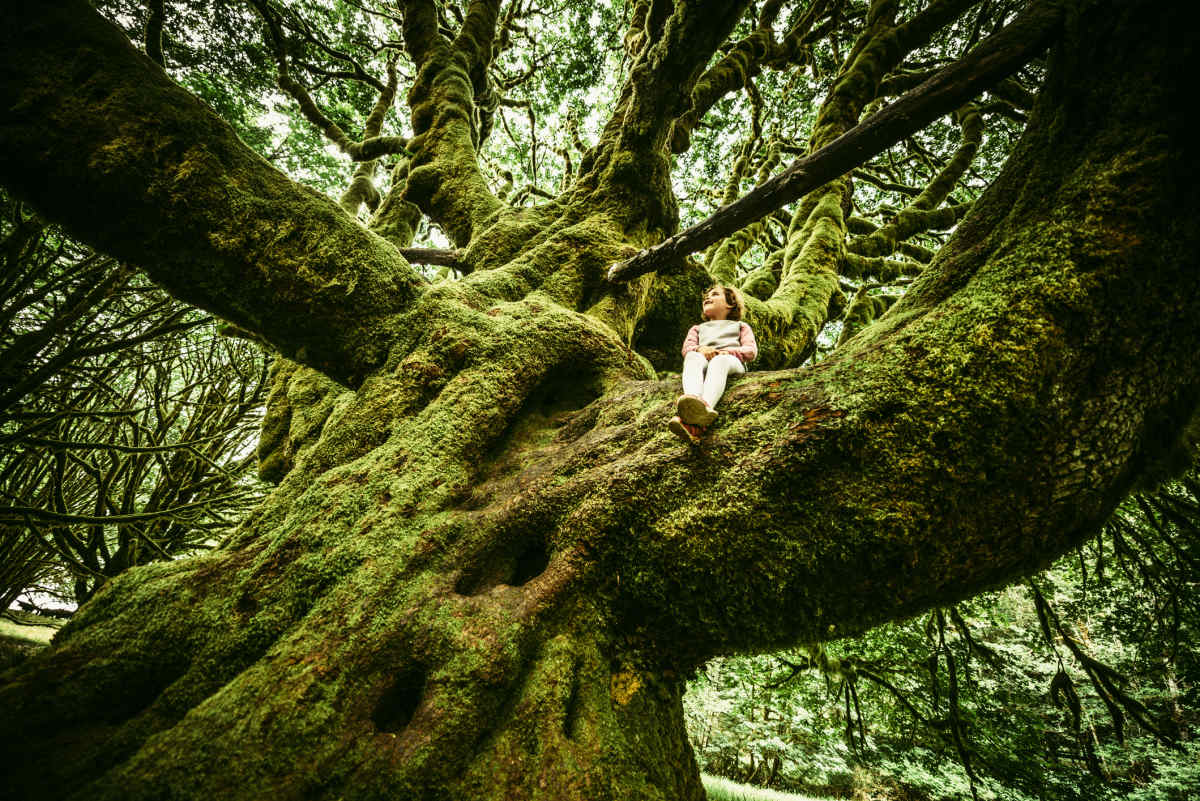Scientists Find That Older Trees Pass On Their ‘Wisdom of Age’ to Younger Trees During Eclipse

A new study has finally settled the debate on whether trees can talk. While they do not vocal presence, trees do communicate through a language of their own. A group of researchers closely observed the bioelectrical pulses of forest trees in Italy during an eclipse and discovered something unique. The older trees were prepared in advance to experience the eclipse and also passed down knowledge to younger trees with synchronized signals in typical Lord of the Rings fashion. These findings were a part of an international study published in the journal Royal Society Open Science in 2022.

Trees communicate with signals

The researchers used ruggedized, low-power CyberTree devices that sensed the tree’s bioelectrical signals and provided real-time data. The experiment was done on several spruce trees in the Dolomites region of Italy, and observed the increased activity during and before the eclipse. The experts were stunned by the trees’ preparatory response to the celestial activity and observed a shift in the signal networks hours before the eclipse occurred. "This study illustrates the anticipatory and synchronized responses we observed are key to understanding how forests communicate and adapt, revealing a new layer of complexity in plant behavior," said Monica Gagliano from the Southern Cross University in Australia and a co-author of the study, per Scimex.

She referred to the bioelectic signal pathways as the “wood wide web” and revealed that the older trees had the strongest early responses. Moreover, the increased activity was not prevalent in individuals but as a “forest-wide synchrony” to the Moon’s shadow. The bioelectric signals showed shifts in entropy and complexity despite the light and temperature remaining the same during the daytime. The researchers figured that the trees may have utilized the gravitational cues of the Sun, Moon, and Earth’s alignment to determine the eclipse hours before it happened. The signals were also phase-synchronized across other trees without physical exchange through air and soil.
Quantum physics in ecology

While quantum physics and biology have been distinct areas of study, the observations from this study found a link between them. "Our study bridges the gap between quantum physics and ecology, proposing that forests can be viewed through the lens of quantum field interactions,” said Alessandro Chiolerio in an interview with Newsweek. They highlighted the “profound” ways that living systems on the planet were physically, energetically, and biologically interconnected with each other. Moreover, the findings are a massive advancement in understanding the language of trees through the bioelectric signals that fluctuate depending on several natural factors. Therefore, it is important to protect and plant old-growth forests.
According to Smithsonian Magazine, there is evidence that trees of the same species are communal and form alliances with other species. Many of the physical interactions go on through the means of their roots and fungal networks, allowing them to share nutrients in addition to exchanging messages. A study from Leipzig University and the German Centre for Integrative Biodiversity Research shows that trees are aware of the taste of deer saliva. “When a deer is biting a branch, the tree produces defensive chemicals to make the leaves taste bad. When a human breaks the branch with his hands, the tree knows the difference and brings in substances to heal the wound,” said German forester Peter Wohlleben. @TED shared a detailed account of communication among trees with an ecologist.
More on GreenMatters
Scientists Just Found Out Plants ‘Talk’ to Each Other — Especially About Their Natural Enemies
Researchers Gave Voice to a Tree. It Started Talking About How Climate Change Impacts Its Well-Being
A 'Lazy Sloth' Robot Hanging on Forest Trees is Quietly Protecting Our Planet: 'Slow is Better'